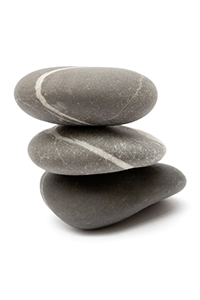An Hour a Day Keeps the Doctor Away (or at least some chronic illnesses)
The other week there was a new study from the Norwegian School of Sports Sciences stating that one should exercise 60 minutes for every 8 hours of sitting. In exercising we help stave off or reduce the risk of some chronic diseases such as cardiovascular disease or type 2 diabetes and metabolic syndrome. This is another study to suggest that we need more exercise than previously suggested. In the past, the American Heart Association touted 30 minutes a day while the Centers for Disease Control and Prevention have suggested 150 minutes a week.
While it recommends more daily exercise it still acceptable to break those 60 minutes into smaller chunks of time. In some ways that makes sense. If we are truly building movement into our daily lives we cannot compartmentalize it into a set time like we do for attending a meeting or concert. For some that might work, but for the rest of us we need to not think or plan our "exercise". We need to do it as a matter of course throughout or day.
I have found that I need to break up my work day with ten minute increments of moving. It might be taking a short walk around the block, going up and down the stairs, or doing some stretching of my back and arms. Recently I put some small weights in my office. When I get stuck in my writing I like to take a break from the computer. I do some arm exercises to strengthen my triceps. I find that I am still thinking of what I need to write or do but that movement helps get the blood flow moving.
Some other ideas for 10 minute increment exercise:
- Take a lap or two around your office floor. If you have to talk to a colleague ask if he/she might want to join you for a walking meeting.
- Walk around your office parking lot or neighborhood during lunch time.
- Use the stairs instead of the elevator. If your office is on a top floor, take the elevator up halfway and then walk the steps for the remainder floors.
- If reading an article online, try standing up and marching in place while reading.
- During TV commercial breaks, do sit-ups, jumping jacks, jog in place or seated leg lifts.
- Walk to the convenience store when you need a paper or milk.
What about you? Have you ever assessed how much movement you get in a day or a week? What prevents you? What are some small ten minute "exercises" you can do?

